Vector Calculus 4th Edition Chapter 3 Vector-Valued Functions
Page 200 Problem 1 Answer
Given: {x=tcost y=tsint,−6π≤t≤6π }
To sketch the images of the following paths.
Using the method of graphing method.
A condition is an explanation that attests the uniformity of two articulations, which are associated by the equivalents sign.
To sketch the images of the following paths,
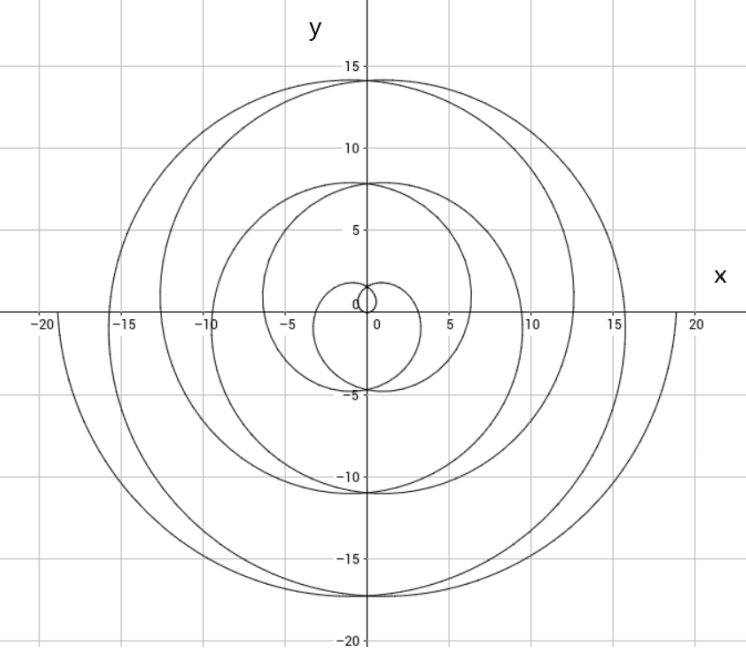
The path is parametrized to start at the left end and then follows that spiral-ish curve around to the rightmost end point.
The graph of the function,
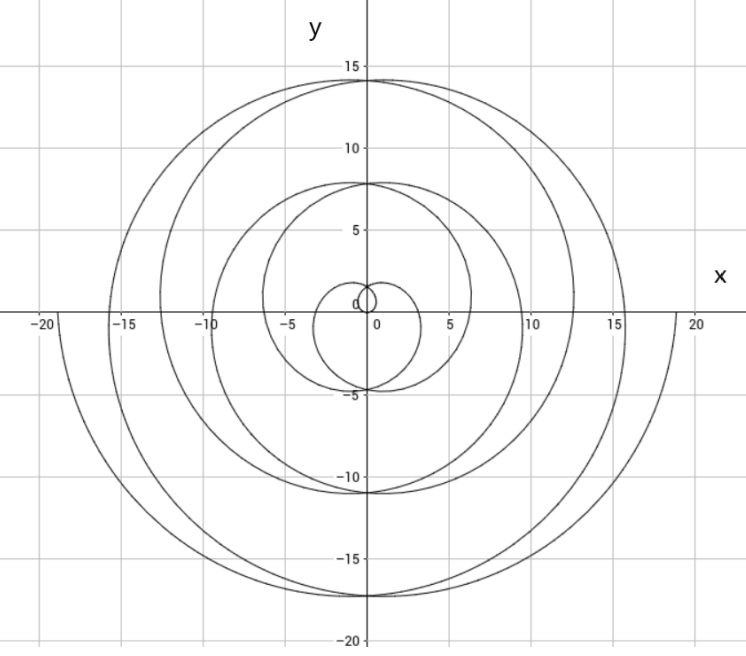
Page 200 Problem 2 Answer
Given: {x=3cost y=2sin2t}0≤t≤2π
To sketch the images of the following paths.
Using the method of graphing method.
Read and Learn More Susan Colley Vector Calculus Solutions
A condition is an explanation that attests the uniformity of two articulations, which are associated by the equivalents sign.
To sketch the images of the following paths,
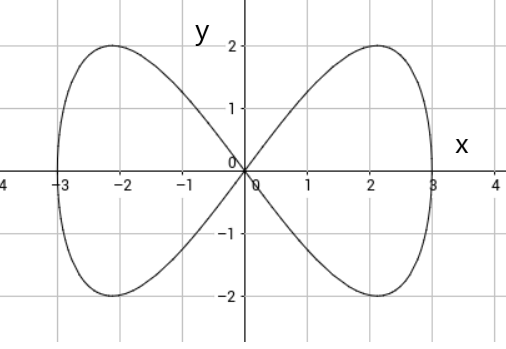
The path is parametrized to start at (3,0) and head upward from there – – coming back to its starting point after 1 lap.
The graph of the function,

Page 200 Problem 3 Answer
Given: x(t) = (t,3t2+1,0)
To sketch the images of the following paths.
Using the method of graphing method.
A condition is an explanation that attests the uniformity of two articulations, which are associated by the equivalents sign.
To sketch the images of the following paths,
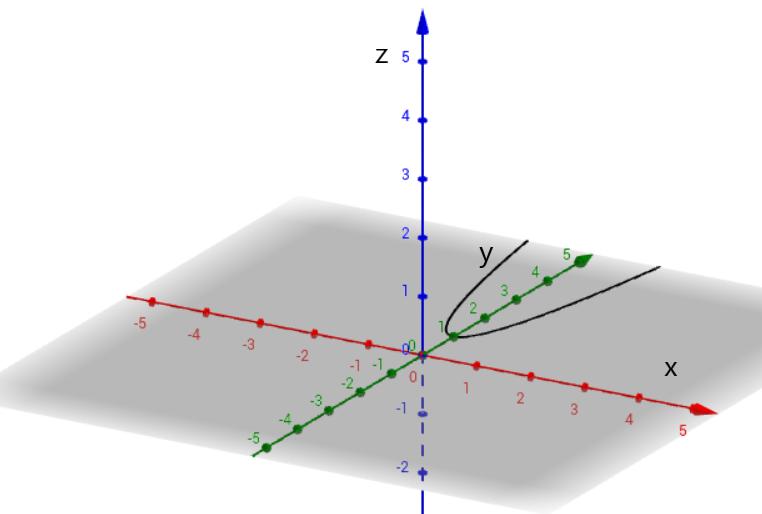
This is a parabola in the xy-plane parametrizes to go in the direction of increasing x.
The graph of the function,
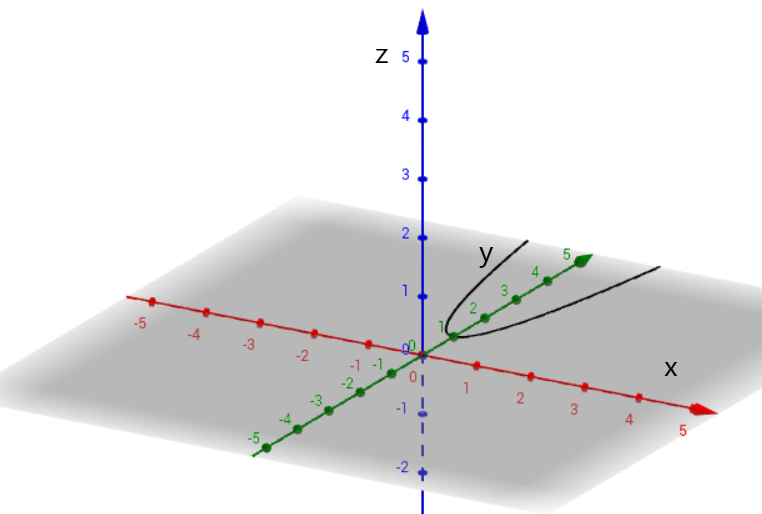
Page 200 Problem 4 Answer
Given: x(t) = (3t−5)i+(2t+7)j
To find the velocity, speed, and acceleration of the paths.
Using the method of speed method.
The speed of an article is the pace of progress of its situation regarding an edge of reference, and is a component of time.
To find the velocity, speed, and acceleration of the paths,
v(t) = x′(t) = 3i+2j
∥v(t)∥ = √32+22
=√13
a(t) ⇒ v′(t)=0
The velocity, speed, and acceleration of the paths is 0.
Page 200 Problem 5 Answer
Given: x(t) = 5costi+3sintj
To find the velocity, speed, and acceleration of the paths.
Using the method of speed method.
The speed of an article is the pace of progress of its situation regarding an edge of reference, and is a component of time.
To find the velocity, speed, and acceleration of the paths,
v(t) ⇒ x′(t) = −5sinti+3costj
∥v(t)∥ ⇒ √(5sint)2 + (3cost)2 = √25sin2t + 9cos2t
a(t) ⇒ v′(t)= −5costi−3sintj= −x(t)
The velocity, speed, and acceleration of the paths is −x(t).
Page 200 Problem 6 Answer
Given: x(t) = (tsint,tcost,t2)
To find the velocity, speed, and acceleration of the paths.
Using the method of speed method.
The speed of an article is the pace of progress of its situation regarding an edge of reference, and is a component of time.
To find the velocity, speed, and acceleration of the paths,
v(t) ⇒ x′(t) = (sint+tcost,cost−tsint,2t)
∥v(t)∥ ⇒ √(sint+tcost)2 + (cost−tsint)2 + (2t)2
= √5t2+1
a(t) = (cost+cost−tsint,−sint−sint−tcost,2)
= 2(cost,−sint,1)−t(sint,cost,0)
2(cost,−sint,1)−t(sint,cost,0) is the velocity, speed, and acceleration of the paths.
Page 200 Problem 7 Answer
Given: x(t)=(et,e2r,2et)
To find the velocity, speed, and acceleration of the paths.
Using the method of speed method.
The speed of an article is the pace of progress of its situation regarding an edge of reference, and is a component of time.
To find the velocity, speed, and acceleration of the paths,
v(t) = x′(t) ⇒ (et,2e2t,2et)
= x(t) + (0,e2t,0)
∥v(t)∥ ⇒ √(et)2+(2e2t)2+(2et)2=et
√5+4e2t
a(t) ⇒ v′(t)=x′(t)+(0,2e2t,0)
= x(t) + (0,3e2t,0)
x(t) + (0,3e2t,0) is the velocity, speed, and acceleration of the paths.
Page 200 Problem 8 Answer
Given: x(t) = (3cosπt,4sinπt,2t),−4≤t≤4
To find the direction in which t increases.
Using the method of speed method.
The speed of an article is the pace of progress of its situation regarding an edge of reference, and is a component of time.
To find the direction in which t increases,
The plotted point is,
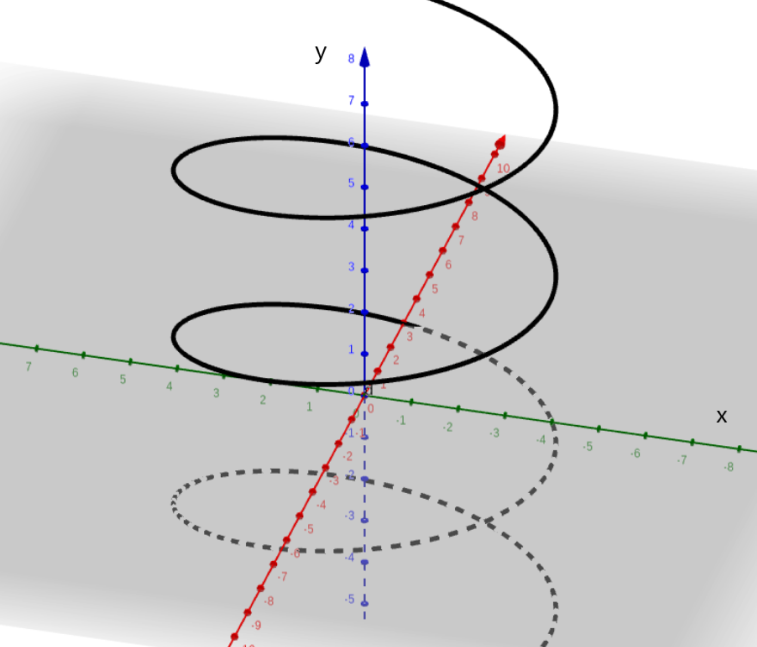
The graph of the function,
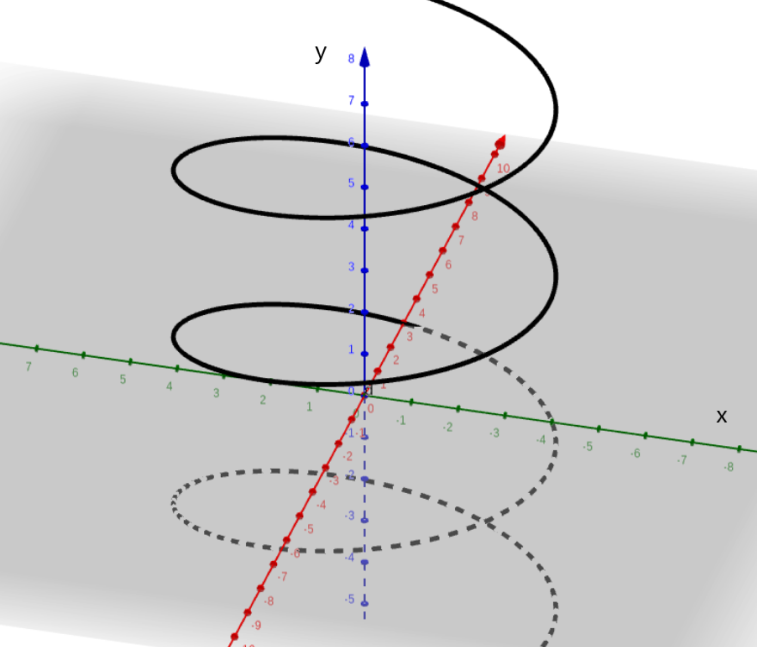
Page 200 Problem 9 Answer
Given: x(t) = (3cosπt,4sinπt,2t),−4≤t≤4
To find the path lies on the given surface S.
Using the method of equation method.
A condition is an explanation that attests the uniformity of two articulations, which are associated by the equivalents sign.
To find the path lies on the given surface,
x(t)2
9 + y(t)2
16 =1,for x(t)=3cosπt, y(t)
= 4sinπt
The points lie on the surface4sinπt.
Page 200 Problem 10 Answer
Given: x(t) = (tcost,tsint,t),−20≤t≤20
To find the direction in which t increases.
Using the method of graphing method.
A condition is an explanation that attests the uniformity of two articulations, which are associated by the equivalents sign.
To find the direction in which t increases,

The graph of the function,
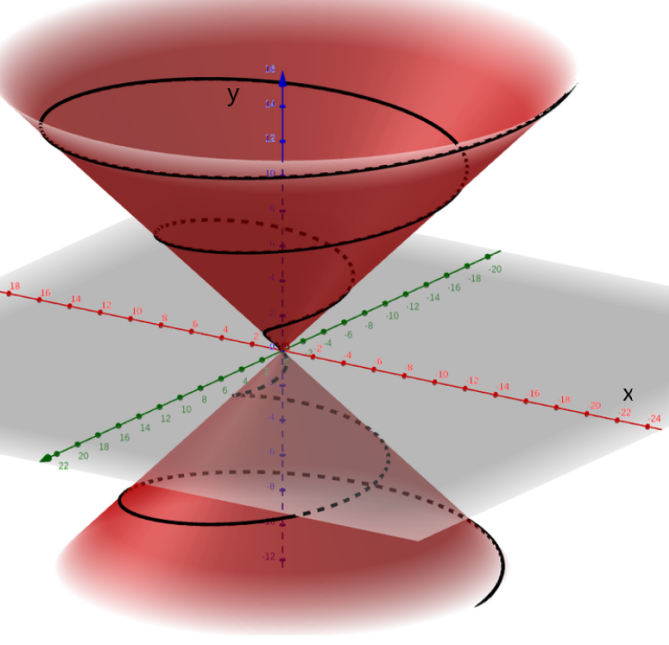
Page 200 Problem 11 Answer
Given: x(t) = (tcost,tsint,t),−20≤ t ≤20
To find the path lies on the given surface S.
Using the method of equation method.
A condition is an explanation that attests the uniformity of two articulations, which are associated by the equivalents sign.
To find the path lies on the given surface,
z2 = x2 + y2
⇒ t2cos2t + t2sin2t
The path lies on the given surface is t2.
Page 200 Problem 12 Answer
Given: x(t)= (tsin2t,tcos2t,t2),−6≤t≤6
To find the graph of function.
Using the method of graphing method.
A condition is an explanation that attests the uniformity of two articulations, which are associated by the equivalents sign.
To find the graph of function,

The graph of the function,
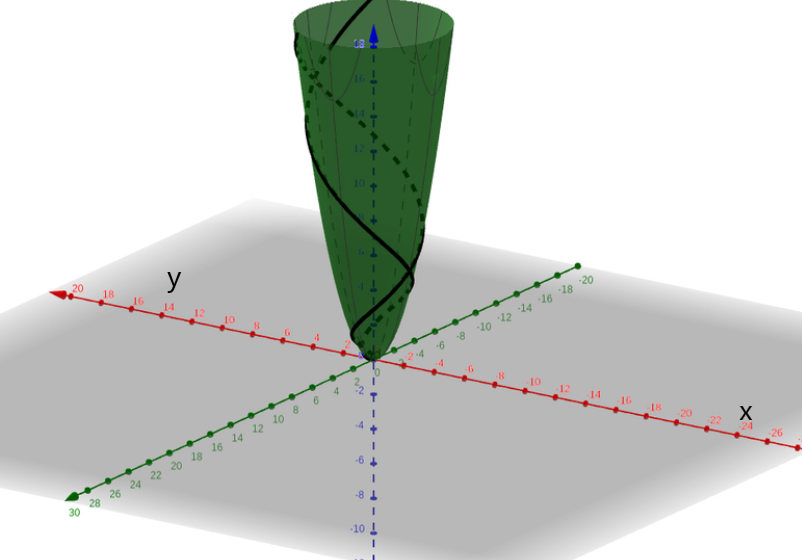
Page 200 Problem 13 Answer
Given: x(t) = (tsin2t, tcos2t,t2), −6≤t≤6
To find the path lies on the given surface.
Using the method of equation method.
A condition is an explanation that attests the uniformity of two articulations, which are associated by the equivalents sign
To find the path lies on the given surface,
z = x2+y2 ⇒ t2
= t2sin22t + t2cos22t
t2sin22t + t2cos22t is the path lies on the given surface.
Page 201 Problem 14 Answer
Given: x(t)=(2cost, 2sint, 3sin8t), 0≤t≤2π
To find the plotted points.
Using the method of graphing method.
A condition is an explanation that attests the uniformity of two articulations, which are associated by the equivalents sign.
To find the plotted points,
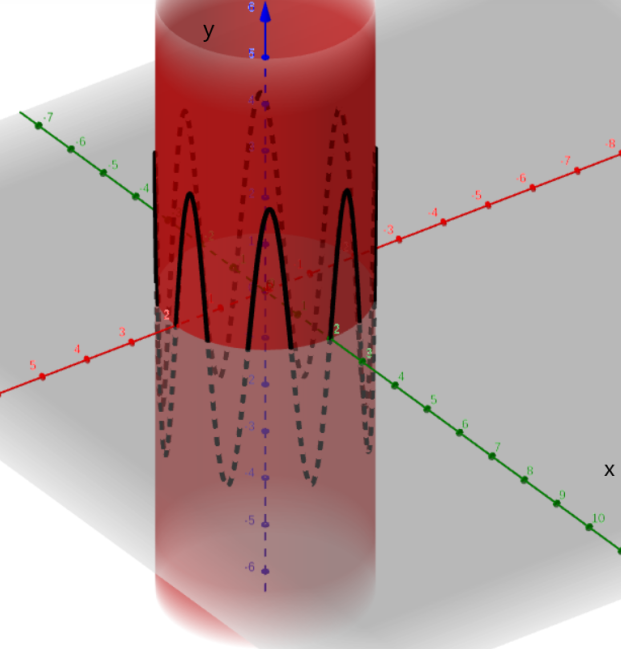
The graph of the function,
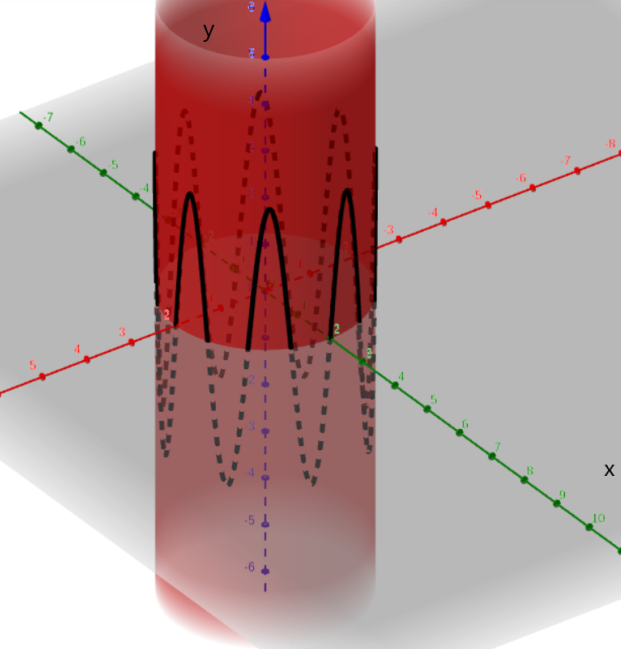
Page 200 Problem 15 Answer
Given: x(t) = (2cost, 2sint, 3sin8t), 0≤t≤2π
To find the path lies on the given surface S.
Using the method of equation method.
A condition is an explanation that attests the uniformity of two articulations, which are associated by the equivalents sign.
To find the path lies on the given surface,
To check if the curve lies on the given surface, we once again plug in the coordinate equations of the curve into the equation for the surface:
x2 + y2= 4 ⇒ 4cos2t + 4sin2t = 4
The path lies on the given surface is 4.
Page 201 Problem 16 Answer
Given: x(t) = 4costi − 3sintj + 5tk, t=π/3
To find the equation for the line tangent to the given path at the indicated value for the parameter.
Using the method of equation method.
A condition is an explanation that attests the uniformity of two articulations, which are associated by the equivalents sign.
To find the equation for the line tangent to the given path at the indicated value for the parameter,
l(t) = x(π/3) + (t−π/3)x′(π/3)
l(t) = 2i−3√3/2j + 5π/3k + (t−π/3)(−2√3/i−32j+5k)
l(t) = 2i−3√3/2j + 5π/3k + (t−π/3)(−2√3/i−32j+5k)
is the equation for the line tangent to the given path at the indicated value for the parameter.
Page 201 Problem 17 Answer
Given: x(t) = (cos(et),3−t2,t)
To find the equation for the line tangent to the given path at the indicated value for the parameter.
Using the method of equation method.
A condition is an explanation that attests the uniformity of two articulations, which are associated by the equivalents sign.
To find the equation for the line tangent to the given path at the indicated value for the parameter,
l(t) = x(1) + (t−1) x ′(1)
= (cos(e), 3−1,1) + (t−1) (−sin(e) e,3−2,1)
= (cos(e)+sin(e)−tsin(e),1+t,t)
(cos(e)+sin(e)−tsin(e),1+ t,t) is the equation for the line tangent to the given path at the indicated value for the parameter.
Page 201 Problem 18 Answer
Given: x(t)=(t,t3−2t+1)
To find the sketch of the path.
Using the method of graphing method.
A condition is an explanation that attests the uniformity of two articulations, which are associated by the equivalents sign.
To find the sketch of the path,
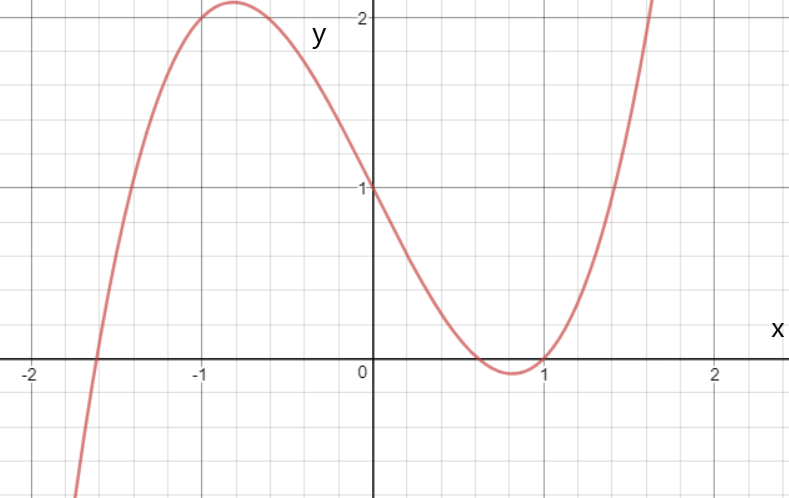
The graph of the function,
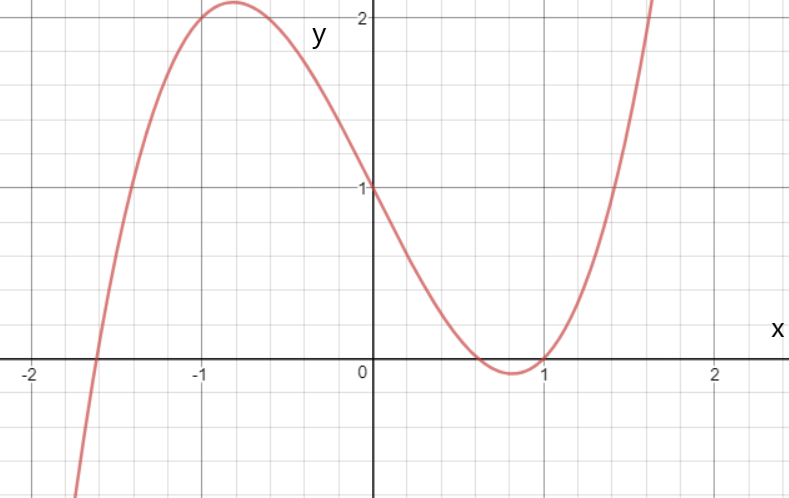
Page 201 Problem 19 Answer
Given: t=2
To find the line tangent.
Using the method of vector method.
A vector field in the plane can be visualized as a gathering of indicators with a distributed importance each attached to a point in the plane.
To find the line tangent,
Xo ⇒ X(2)=2i^+[3⋅(2)3−2⋅(2)+1]j^
Xo = 2i^+5j^
⇒1
V ⇒ X′(t)=1i^+(6t−2)j^
Vo ⇒ X′(2)=1i^+(6⋅2−2)j^
I(t) = 2i^+5j^+(t−2)(1i^+10j^)
I(t) = ti^+10t−15j^
I(t) = ti^+10t−15j^ is the tangent line.
Page 201 Problem 20 Answer
Given: y=f(x)
To find the image of x by an equation of the form.
Using the method of equation method.
A condition is an explanation that attests the uniformity of two articulations, which are associated by the equivalents sign.
To find the image of x by an equation of the form,
Elimination of text (converting vector valued function to scalar function)
text t=x, y=3t3−2t+1,
y = 3×3−2x+1
y = 3×3−2x+1 is the image form for value.
Page 201 Problem 21 Answer
Given: Tangent line.
To find the recalculating the tangent line, using your result in part (c).
Using the method of equation method.
A condition is an explanation that attests the uniformity of two articulations, which are associated by the equivalents sign.
To find the recalculating the tangent line, using your result in part (c),
Dy/dx=y−yo/x−xo
10=y−5/x−2′′′′′
⇒ 10x−15 which is compatible with I(t) obtained.
y=10x−15 which is compatible.
Page 201 Problem 22 Answer
Given: Roger Ramjet.
To find the Roger Ramjet’s path in Example 6 is indeed a parabola.
Using the method of equation method.
A condition is an explanation that attests the uniformity of two articulations, which are associated by the equivalents sign.
To find the Roger Ramjet’s path in Example 6 is indeed a parabola,
x ⇒ tv0 cosθ ⇒ t=x
v0 cosθ y=−1/2gx2
v02cos2θ+sinθ/cosθ
x=−1/2gx2
v02cos2θ+xtanθ
The trajectory is indeed a parabola.
